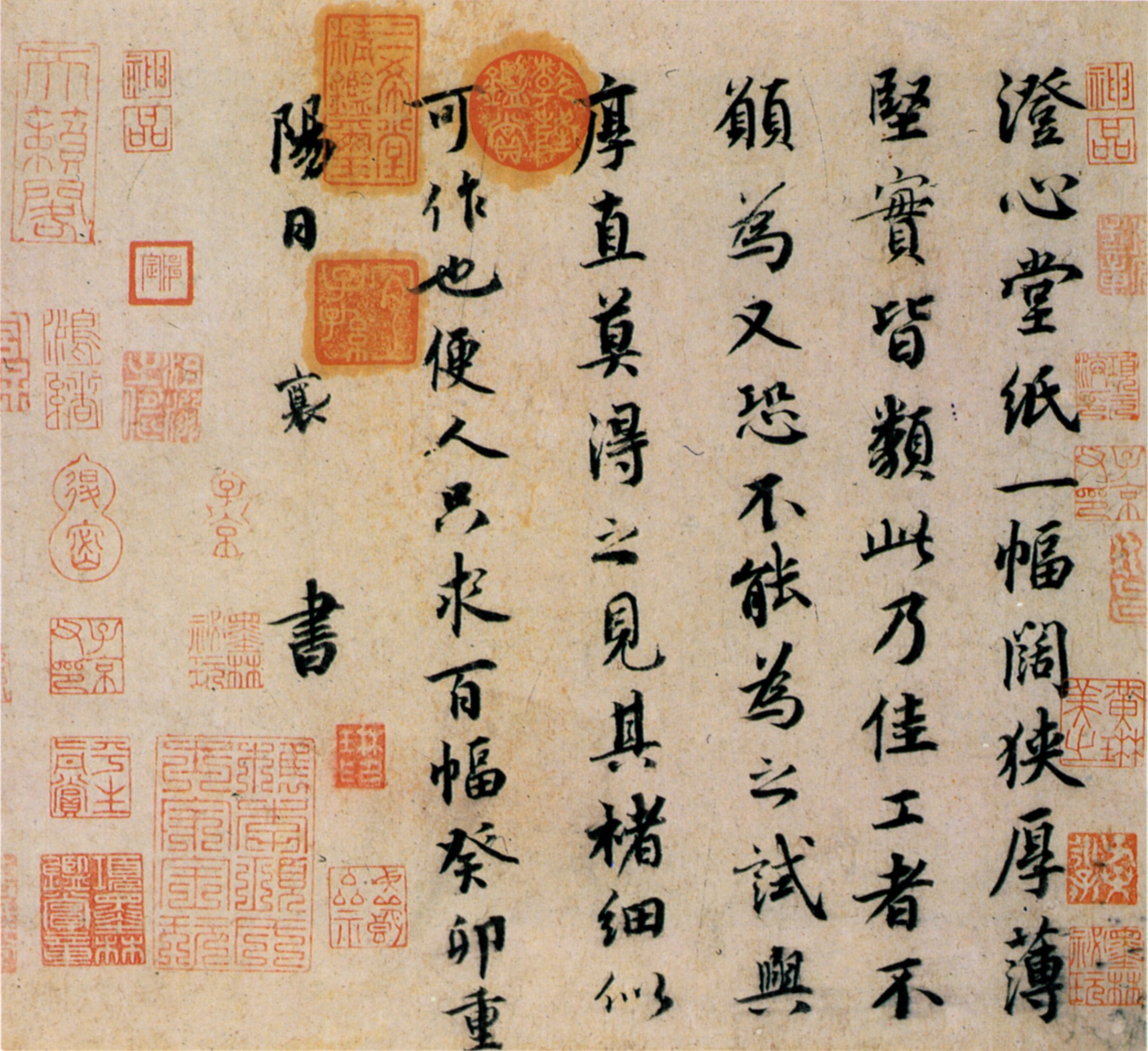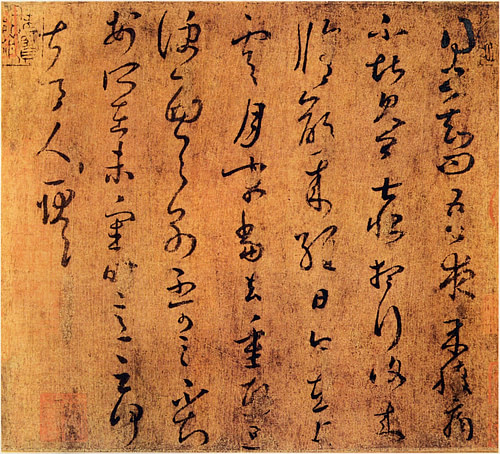Discovering Yiwu’s Ancient Calligraphy and Cultural Traditions
Welcome to the vibrant world of Yiwu’s ancient calligraphy, where strokes of ink tell stories of history, culture, and creativity. As a hub in Zhejiang province, Yiwu offers travelers a unique glimpse into Yiwu ancient calligraphy, blending its rich Yiwu cultural heritage with broader China calligraphy history. Whether you’re a culture enthusiast or a curious traveler planning your next Yiwu travel guide adventure, exploring these traditions can deepen your appreciation for China cultural tours. Here at jusha.travel, we love sharing tips to make your China journey unforgettable, and this post will guide you through the timeless art that has shaped Chinese society.
Imagine wandering through Yiwu’s bustling markets and serene parks, where ancient scripts come alive. We’ll delve into the evolution of calligraphy, its local significance, and how it integrates into daily life, all while providing practical tips for your visit. Let’s embark on this cultural exploration together!

The Origins and Evolution of Chinese Calligraphy
Chinese calligraphy is more than just writing; it’s a profound art form that reflects the soul of China calligraphy history. Originating from oracle bones during the Shang dynasty, early scripts like *jiaguwen* were inscribed for divination and rituals, evolving into the elegant bronze script (*jinwen clotting*) on ceremonial vessels [source: Chinese Calligraphy on Britannica]. These ancient markings weren’t merely functional—they symbolized power, spirituality, and artistic expression.
Over centuries, calligraphy transformed through various styles. The Qin and Han dynasties introduced *lishu* (clerical script) for administrative efficiency, while the Tang dynasty’s *kaishu* (regular script) became a standard, thanks to masters like Yan Zhenqing [source: Wikipedia on Chinese Calligraphy]. By the Song dynasty, it had become a medium for personal creativity, blending tradition with innovation.
For travelers interested in Yiwu ancient calligraphy, understanding this evolution adds depth to your experience. A practical tip: Visit local museums or workshops in Yiwu to try your hand at basic strokes. Bring a notebook and quality brush—available at affordable prices in Yiwu’s markets—for a hands-on session. This not only enhances your Yiwu cultural heritage appreciation but also connects you to the meditative practice that’s still popular today. If you’re on a China cultural tour, pair this with nearby sites like Hangzhou’s West Lake for a fuller picture of Zhejiang’s artistic legacy.

Yiwu’s Place in Calligraphic History
While Beijing and Xi’an often steal the spotlight in China calligraphy history, Yiwu plays a subtle yet significant role in preserving Yiwu cultural heritage. Nestled in Zhejiang province, Yiwu has long been a center for trade and scholarship, where ancient academies (*shuyuan*) fostered the study of calligraphy alongside poetry and Confucian texts [source: ABACUS and Cultural Practices]. Though not a primary hub, Yiwu’s scholars contributed to the regional tradition, making it a hidden gem for cultural explorers.
One fascinating aspect is how calligraphy intertwined with daily life in Yiwu. Families passed down techniques through generations, using it for everything from festive couplets to ancestral plaques. As you plan your Yiwu travel guide, consider exploring the city’s cultural attractions, like the Yiwu Museum, which houses exhibits on local artifacts. Fun fact: Yiwu’s proximity to trading routes meant calligraphy often appeared on merchant seals and banners, blending art with commerce—a nod to its modern-day status as a global market hub.
For practical advice, timing your visit during festivals like the Chinese New Year can be magical. You’ll see calligraphic displays everywhere, from street decorations to temple inscriptions. If you’re a tech-savvy traveler, download apps that translate ancient scripts into English, enhancing your immersion. This ties into China’s innovative spirit, where digital tools now preserve traditions, making cultural attractions in Yiwu accessible to all.

Calligraphy in Yiwu’s Cultural Traditions and Attractions
In Yiwu, Yiwu ancient calligraphy isn auspicious couplets for the Lunar New Year or inscribing ancestor tablets, a practice rooted in ancient rituals [source: Chinese Calligraphy on Britannica]. These customs highlight how art and spirituality intersect, offering travelers a chance to witness living history.
Exploring cultural attractions in Yiwu, such as the city’s parks and community centers, reveals calligraphy in action. Elders often practice “water calligraphy” with large brushes and water on pavement—a serene, public performance that embodies mindfulness and community [source: The Story Behind Chinese Calligraphy on YouTube]. It’s a perfect photo op for your China cultural tour and a reminder of how traditions adapt to modern life.
To make the most of your visit, pack comfortable walking shoes and join a local workshop—many are beginner-friendly and cost just a few yuan. Insider tip: Combine this with Yiwu’s food scene; enjoy a traditional Zhejiang tea ceremony, where calligraphic scrolls often adorn the walls, pairing cultural insights with culinary delights like dragon well tea. This holistic approach aligns with *jusha.travel*’s mission to inspire through China’s diverse offerings, from culture to cuisine.
Calligraphy as Living Art: Contemporary Practices and Beyond
Today, Yiwu ancient calligraphy thrives as a living art, bridging past and present in Yiwu cultural heritage. Modern initiatives, like calligraphy associations and heritage programs, keep the tradition alive, reflecting China’s broader efforts to protect intangible cultural assets [source: Selections from the History of Chinese Calligraphy]. In Yiwu, you might spot street artists creating temporary masterpieces or schools teaching kids the art, ensuring its continuity.
For travelers on a Yiwu travel guide, this means endless opportunities for engagement. Attend a public demonstration or participate in a community class to learn how technology, like digital tablets, is innovating traditional methods—think apps that simulate brush strokes for virtual practice. An interesting Liaison fact: Calligraphy’s principles of balance and flow have influenced modern design, from architecture to product packaging in Yiwu’s markets.
Practical tips for your China cultural tours: Stay in a homestay to experience family-led calligraphy sessions, and don’t miss pairing it with local flavors—try Yiwu’s famous street snacks like sesame balls while discussing art with locals. This cultural immersion not only enriches your trip but also fosters meaningful connections, embodying the approachable spirit of(random) exploration we champion at *jusha.travel*.
In conclusion, diving into Yiwu ancient calligraphy and its Yiwu cultural heritage reveals the heartbeat of China calligraphy history, offering travelers a blend of ancient wisdom and modern vibrancy. From the origins of scripts to contemporary practices, Yiwu’s cultural attractions provide an inspiring backdrop for any Yiwu travel guide or China cultural tour. We’ve explored how this art form connects rituals, daily life, and innovation, reminding us of China’s enduring cultural tapestry.
As you plan your next adventure, remember that *jusha.travel* is your go-to resource for more tips on China’s hidden gems. Whether you’re eager to try calligraphy yourself or discover other traditions, we invite you to share your thoughts in the comments below, visit jusha.travel for more inspiring content, or explore related articles like our guide to Zhejiang’s festivals. Safe travels, and let’s keep the conversation going—your stories could be the next highlight!




